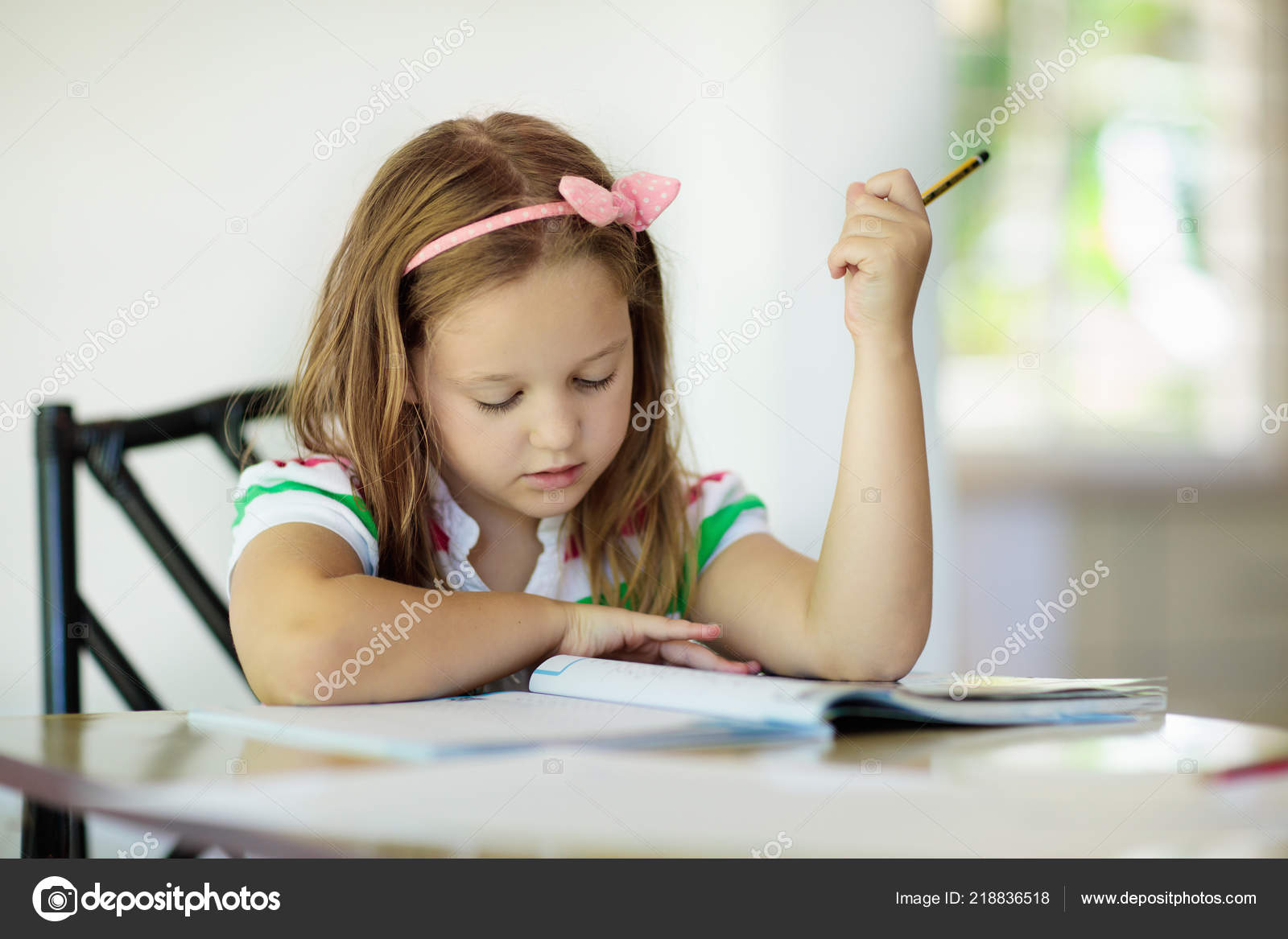


Once the bridge was high enough and sturdy, he and Clara partnered to create inclines of ramp blocks on both sides of the bridge.
#Children doing math illustrations trial#
Through trial and error, Donovan engaged in the engineering task of spanning the new river with a bridge high enough for model boats to fit under. After visiting a nearby river, the children created a construction paper river covered by clear contact paper on the block area floor. Later in the year, our study of boats challenged children’s spatial thinking in the block area and led to different building problems. How many blocks are in the bin? Why do you think that?” and “How can we check our thinking?” After each meeting highlighting blocks, children’s block work evolved in new ways. We examined two blocks, a curve and a half unit and asked, “How are these blocks the same and different?” Another day, we brought blocks to the meeting and said, “There are the same number of blocks in this bin as there are children in our classroom. These observations informed us about each child’s development, while also steering us to mathematical topics to bring to the group.Īt morning meeting, we focused on shapes and attributes. The teacher in the block area noted what Sonya and the other builders were working on and discovering: from measurement to balance, size and shape, number and pattern, and spatial organization and arrangement. Working in our pre-k classroom’s block area allowed Sonja to explore the mathematical concepts of balance, height, and measurement. Then with her hand she drew an invisible line in the air to compare the tops of the structures to each other and to her own forehead. On Sonja’s first day in the block area, she stacked one block on another until the stack reached her head.


 0 kommentar(er)
0 kommentar(er)
